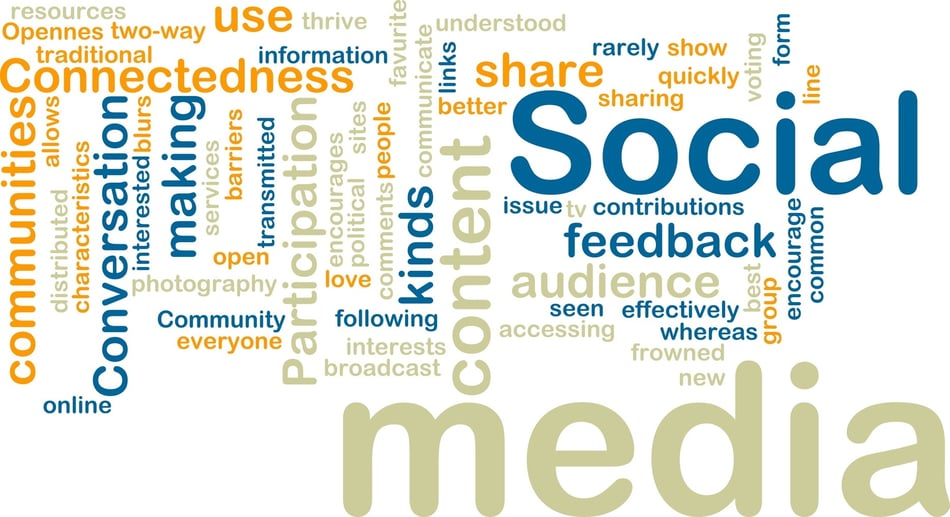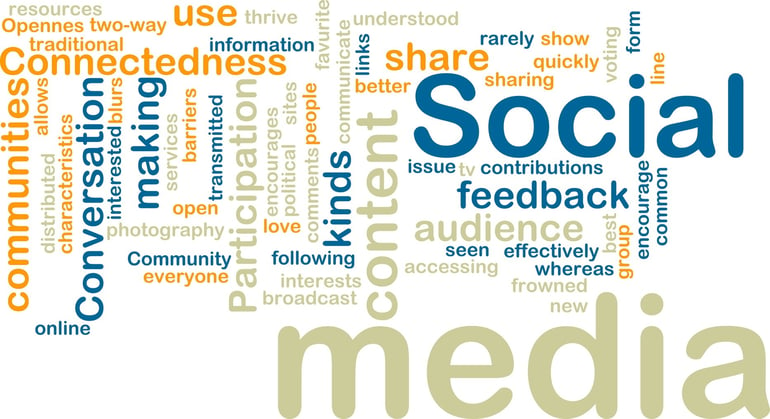How To Use Social Media For B2B Sales

Social media is becoming main-stream in many business-to-business industries Learn what this means for your company and get a helpful overview of what social selling is, what the benefits are for business-to-business companies, and how to get started in using social media for B2B sales.

Social media used to get eye-rolls from sales and marketing professionals. In the early days (2008 – 2012), social media was seen as either a tool for narcissists or for very niche industries (if you were in media, social media was useful). But in the last couple of years, social media has started to make a dramatic shift and is becoming main-stream in many business-to-business industries. And the shift is only going to accelerate. If your sales and marketing teams haven’t been using social media to support revenue generation, chance are that your business is now missing out.
What is Social Selling?
Social selling is the use of social media to build strong relationships with potential buyers, based on a deep understanding of the issues they face. It isn’t merely a question of using Twitter or LinkedIn to push products.
Why Use Social Selling?
In The Rise of Social Sales People, a study by sales guru Jim Keenan, social sellers exceeded sales quotas by 10% more than non-social sellers every year. Keenan suggests that social selling is like being a fly on the wall in your customers' and prospects’ offices. We couldn’t agree more. When used well, social media is a very effective tool for generating revenues for business-to-business companies.
A well -established social media presence provides 4 benefits:
-
A tool for gathering competitive and customer intelligence
-
An easier means of prospecting with no geographic limitations
-
Greater top-of-mind brand awareness
-
A way to demonstrate thought leadership to prospective customers and employees
How to Use Social Selling for B2B Sales
The first step in achieving these benefits is to start developing your social media presence. Here are three steps to get you started:
1. BE SELECTIVE
Social media takes more time than most people think (it isn’t an-hour-a-week endeavour), so don’t spread yourself thin across many platforms. Choose the platforms that are the best fit for your business. In our experience, this is most often Linkedin and Twitter for business-to-business companies. If your company’s product offering is highly visual, a tool like Pinterest or Instagram may be a good fit too. If customers require more instruction to understand your product offering, using YouTunbe to post demo videos may work better.
2. USE THE APPROPRIATE TONE
Get comfortable with the appropriate tone and style for each platform. LinkedIn is slightly more formal and professional, while the 140 character limit on Twitter leads to more informal, conversation-like engagement. The best way to get acquainted with the different style of each platform is to sign up and then ‘listen’ (ie, read) on each of the platforms before you begin posting. That process usually takes about 2 weeks – depending on how often you’re reviewing what’s happening on the platform.
3. SET A SCHEDULE
We’ve seen a lot of companies (and individuals) be daunted by the prospect of using social media. Don’t let it overwhelm you. The best way to get going is to make social media a small but regular part of your daily schedule, and start slowly. Once you’re comfortable with the tone of a particular platform, spend 15 – 20 minutes per day reviewing what’s happening in your and your customer’s networks. Then share your updates and news. Try spending 10 minutes in the morning and 10 minutes in the afternoon reviewing updates and sharing articles, blog posts or events that you’ve written or are hosting. One rule of thumb is to share or like 3 times as much news about others as you do about yourself – that way you won’t be seen as the narcissist I mentioned in the first paragraph.
.png?width=2361&height=488&name=Mezzanine%20Logo_Horiz_RGB_on%20blue%20(1).png)
